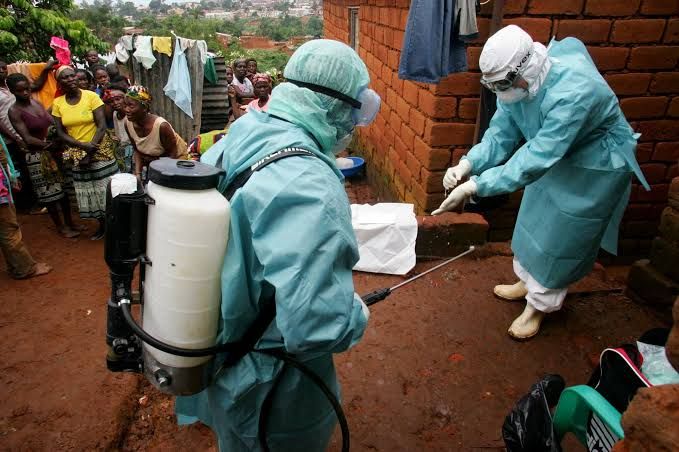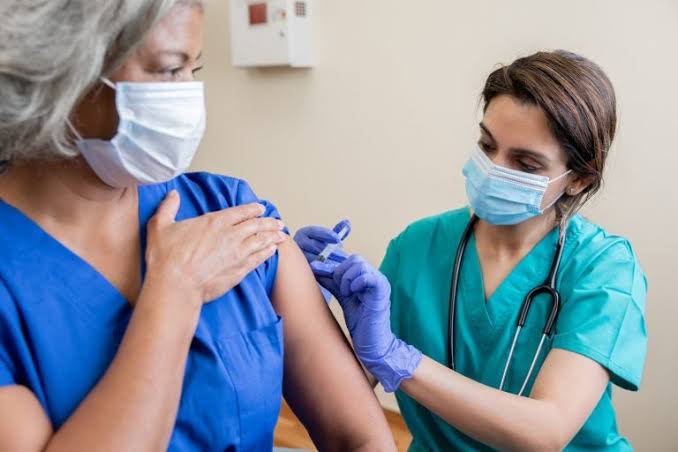
In community medicine, an outbreak is defined as the occurrence of cases of a particular disease or health-related event in a population, community, or region that is greater than what is normally expected. This can occur in a specific geographic area or among a specific group of people and may involve infectious diseases, non-communicable diseases, or other health events. Outbreaks can be localized (affecting a small area) or widespread (affecting larger populations), and they often require public health interventions to control the spread and mitigate impacts on the community.
Purpose of an Outbreak Investigation
The primary purposes of an outbreak investigation include:
- Identifying the Source: To determine the source of the outbreak, whether it be a pathogen, environmental factor, or behavior contributing to disease transmission.
- Understanding Transmission Dynamics: To understand how the disease spreads within the community and identify modes of transmission.
- Implementing Control Measures: To develop and implement effective public health interventions aimed at controlling and preventing further cases.
- Preventing Future Outbreaks: To gather data that can inform future prevention strategies and improve response protocols for similar outbreaks.
- Communicating Risks: To provide accurate information to the public and stakeholders about risks associated with the outbreak and measures being taken to address it.
- Evaluating Public Health Response: To assess how well existing public health systems respond to outbreaks and identify areas for improvement.
Steps of an Outbreak Investigation
An outbreak investigation typically follows several systematic steps:
- Establishing Existence of an Outbreak:
- Confirm that there are more cases than expected by reviewing surveillance data and reports from healthcare providers.
- Confirming Diagnosis:
- Verify that cases meet established clinical criteria for diagnosis through laboratory testing or clinical evaluation.
- Defining and Identifying Cases:
- Develop a case definition that includes clinical, epidemiological, and laboratory criteria.
- Identify all individuals who meet this case definition through interviews, medical records review, etc.
- Describing Data:
- Developing Hypotheses:
- Generate hypotheses regarding potential sources and modes of transmission based on collected data.
- Testing Hypotheses:
- Conduct analytical studies (cohort studies, case-control studies) to test hypotheses about exposure risks associated with illness.
- Implementing Control Measures:
- Based on findings from hypothesis testing, implement appropriate control measures such as vaccination campaigns, quarantine protocols, or public advisories.
- Communicating Findings:
- Share results with stakeholders including public health authorities, healthcare providers, affected communities, and media outlets to inform them about findings and recommendations.
- Monitoring Outcomes:
- Continue surveillance after implementing control measures to assess their effectiveness in reducing new cases.
- Documenting Lessons Learned:
- Compile a comprehensive report detailing methods used during the investigation, findings obtained, challenges faced, and recommendations for future responses to similar outbreaks.
In summary:
- An outbreak is defined as an occurrence exceeding normal expectations.
- The purpose of investigating outbreaks includes identifying sources and implementing control measures.
- Steps include confirming existence, defining cases, collecting data, developing hypotheses, testing them, implementing controls, communicating findings, monitoring outcomes, and documenting lessons learned.







